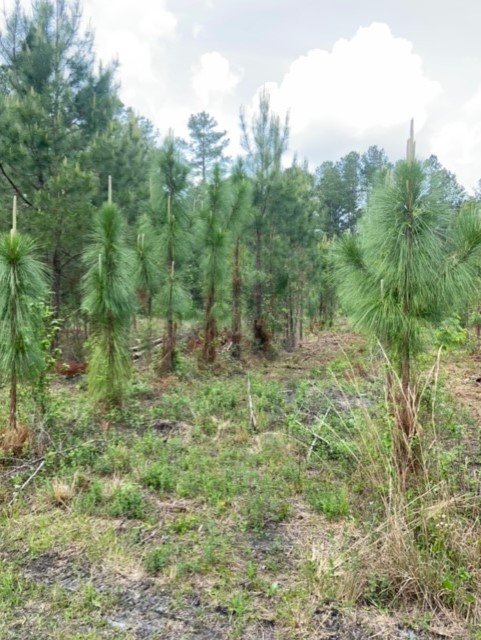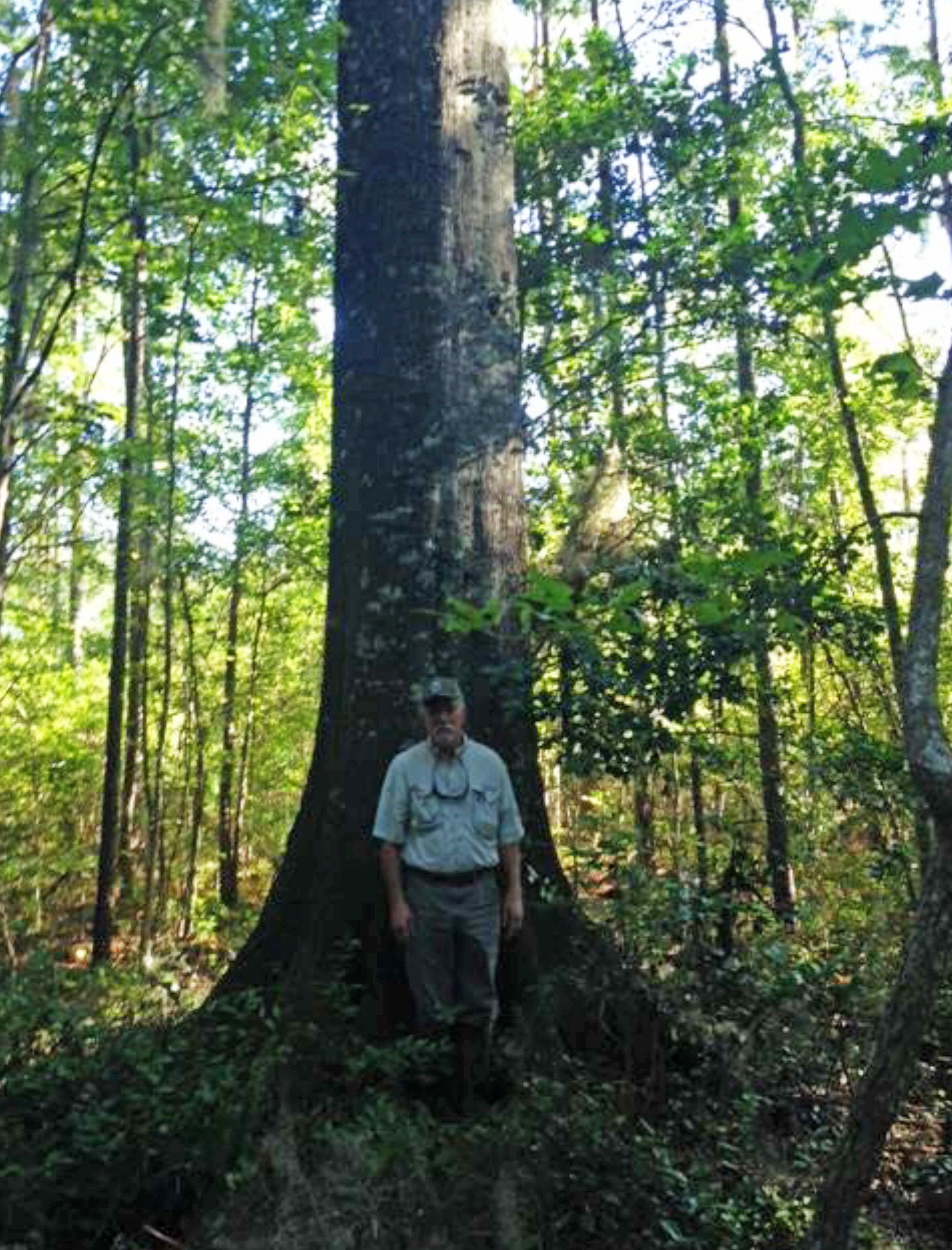Nancy Schuster Natoli Memorial Preserve
Nancy Schuster Natoli Memorial Preserve
This Memorial Preserve is dedicated in honor of Nancy Schuster Natoli (1965 - 2013), whose career was devoted to the conservation of land and open space, especially land surrounding military installations. The protection of land in close proximity to military installations supports military readiness because it prevents development outside of the installation which might otherwise, due to proximity, be incompatible with necessary training within the installation. The Nancy Schuster Natoli Memorial Preserve is five acres and is situated within the larger, eleven-hundred-acre Elbow Swamp property (and restoration project) that is owned by the Georgia-Alabama Land Trust, Inc. (GALT). In 2010, GALT acquired the Elbow Swamp property pursuant to Fort Stewart’s Army Compatible Use Buffer (ACUB) Program to advance the Readiness and Environmental Protection Initiative (REPI) of the Office of the Secretary of Defense. ACUB Protection of the Elbow Swamp property prevented encroachment that otherwise would have likely occurred due to urban growth and development surrounding Fort Stewart. Now, the property’s protected open space buffers important training areas on Fort Stewart. And, in turn, Fort Stewart’s suitability for the purpose of training - both now and in the future - is enhanced by the permanent protection of this eleven-hundred-acre property buffering the installation.
Additionally, this property – to include the surrounding Fort Stewart ecosystem – contains prime examples of natural habitats found within Georgia’s Southern Coastal Plain, including extensive longleaf pine-dominated uplands, isolated depressional wetlands, wet pine flatwoods, and nonalluvial river swamp. Since GALT acquired the Elbow Swamp property over a decade ago, GALT has engaged in upland and wetland restoration. Notably, longleaf pine has been planted within the Memorial Site and some of the surrounding uplands and is thriving. And, while much more restoration remains to be accomplished, this long-term project is symbolic of Nancy’s career-long commitment to large-scale land conservation, and is also a significant accomplishment toward meeting REPI’s goals – something which Nancy played a significant role in both establishing and working toward.
We invite you to come and enjoy the natural beauty of this special place, consistent with the access terms provided for below. As you explore the Nancy Schuster Natoli Preserve, you'll see a variety of wildlife and vegetation that is unique to this area.
We ask that you please respect the Property and help us preserve it for future generations. Please stay on designated trails, refrain from picking flowers or disturbing wildlife, and carry out any trash or litter. Access must be requested as provided for below. Also, access to the greater Elbow Swamp Preserve (beyond the Memorial Site) is not permitted; please do not venture beyond the Memorial Site area (see below maps).
Thank you for visiting the Nancy Schuster Natoli Memorial Preserve. We hope you enjoy your time here and leave with a greater appreciation for the natural world around us.
Nancy Schuster Natoli
Memorial Preserve
During daylight hours, from February through June, you may request access to the Memorial Preserve area by clicking on the below link. To coordinate access outside of these dates, please contact the Land Trust at (256) 447-1006. Access is not permitted without requesting (and receiving) access below. Access is not permitted beyond the five-acre Memorial Site Area.
Daniel Siding Loop
1/3 mile past Roger Clark Road
Richmond Hill, GA 31324
31.9230361N, 81.3664694W

In Memory of
Nancy Schuster Natoli
1965 – 2013
Nancy Schuster Natoli was dedicated to the conservation of land and open spaces. She earned her Master's degree in Urban Planning from Massachusetts Institute of Technology and served in the Pentagon as the Program Director of the Office of the Deputy Under Secretary of Defense. At the Pentagon, Nancy was the Program Director of the Readiness and Environmental Protection Integration (REPI) program. The REPI program creates partnerships to share the cost of acquiring easement from private landowners. These easements preserve land uses that are compatible with military missions and protect natural habitats near military installations thereby helping to sustain critical, military capabilities. REPI projects contribute to the longevity of working farms, forests, and ranchlands; increase recreational and open space opportunities for nearby residents; and protect against military relocations that would adversely affect the local economy. Nancy was also known for her compassion, hospitality, and healthy lifestyle. This memorial was created by the Georgia-Alabama Land Trust and others in recognition of Nancy’s tireless effort to conserve land for the benefit of all and especially for future generations.
Learn more about the REPI program and its partners:
To learn more about the legacy of Nancy Natoli’s conservation work, please visit the websites of these organizations as they continue the work she supported.








Site Maps
The Natoli Memorial is located within the 1,100-acre Elbow Swamp Property, owned by GALT pursuant to ACUB.
The Elbow Swamp Property (depicted in blue) is located within Fort Stewart ACUB Priority Area 1 and is situated within a conservation corridor of over 30,000 protected acres.
The ACUB Priority Areas are shown in red. The ACUB Program seeks to protect off-post land to conserve habitat and to buffer training areas without acquiring land for Army ownership. GALT primarily acquires conservation easements to prevent development of critical open areas.
The Fort Stewart ACUB PA is situated within the larger Georgia Sentinel Landscape, which also includes Hunter Army Airfield, Townsend Bombing Range, Fort Gordon, Robins Air Force Base, Marine Corps Logistics Base-Albany, Moody Air Force Base, Naval Submarine Base Kings Base, and Fort Moore. Protection within the Sentinel Landscape strengthens military readiness while supporting agricultural communities, sustaining working forest, promoting coastal resiliency, and improving water quality.











